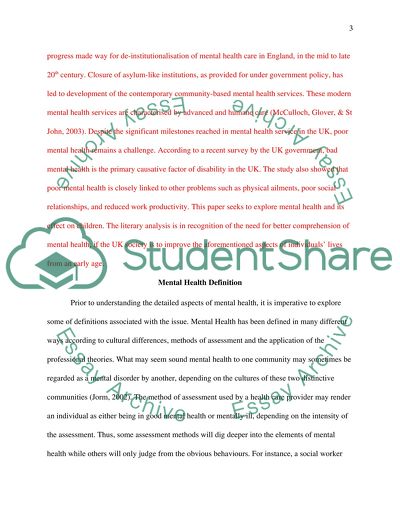Cite this document
(“Mental health and its impact on children Thesis”, n.d.)
Mental health and its impact on children Thesis. Retrieved from https://studentshare.org/psychology/1666063-mental-health-and-its-impact-on-children
Mental health and its impact on children Thesis. Retrieved from https://studentshare.org/psychology/1666063-mental-health-and-its-impact-on-children
(Mental Health and Its Impact on Children Thesis)
Mental Health and Its Impact on Children Thesis. https://studentshare.org/psychology/1666063-mental-health-and-its-impact-on-children.
Mental Health and Its Impact on Children Thesis. https://studentshare.org/psychology/1666063-mental-health-and-its-impact-on-children.
“Mental Health and Its Impact on Children Thesis”, n.d. https://studentshare.org/psychology/1666063-mental-health-and-its-impact-on-children.


